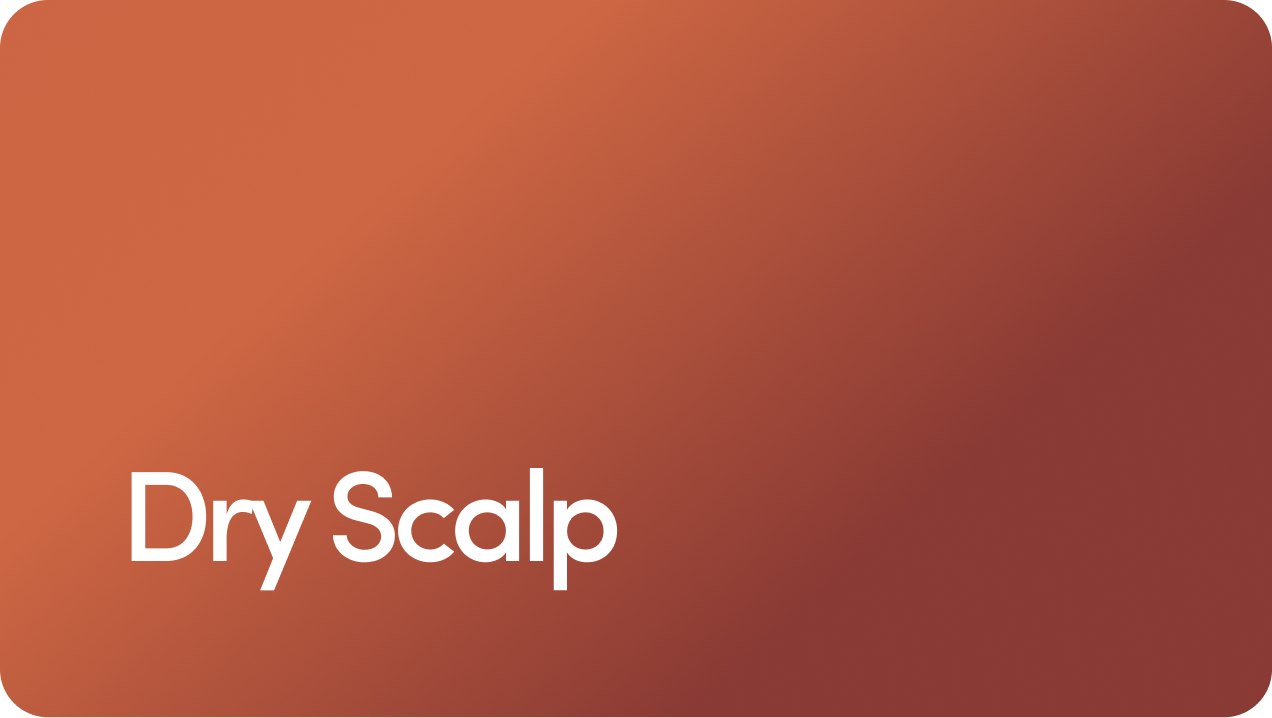Hair Masks for Hair Growth
You’re probably here (hello!) because you’re looking for a hair mask for thinning hair or are curious about the best hair masks for hair growth and thickness.
Overview
Hair Masks for Hair Growth
You’re probably here (hello!) because you’re looking for a hair mask for thinning hair or are curious about the best hair masks for hair growth and thickness.
There’s limited evidence that over-the-counter hair masks can directly stimulate hair growth. But certain ingredients found in masks can support hair health and potentially contribute to a healthier environment for growth.
Below, we’ll cover ingredients to look for in hair masks for growth, how to make and use a hair mask, and proven hair loss treatments.
What Is a Hair Mask?
A hair mask is a supercharged conditioning treatment with higher concentrations of nourishing ingredients that help hydrate and strengthen hair. This type of product is available over the counter from many brands, and some people choose to make their own at home.
Possible benefits of hair masks:
Improved scalp health
Reduced hair breakage
Minimized frizz
Split ends prevention
Hydration for dry hair
These are all tenets of healthy hair growth.
Hair Growth Hair Mask Ingredients
There’s limited evidence that over-the-counter hair masks can directly stimulate hair growth. So, unfortunately, no magical hair mask recipe will help you grow hair like Rapunzel.
However, certain ingredients found in masks (and potentially in your kitchen) can support scalp and hair health, promote strength and shine, and contribute to a healthier environment for hair growth.
8 Ingredients to Make the Best DIY Hair Mask for Hair Growth
Ingredients in the best hair masks for fine hair that support hair health and growth include:
Honey
Cinnamon
Almond oil
Banana
Avocado
Coconut oil
Cocoa powder
Eggs
Learn more about how you can incorporate these into a DIY hair mask for hair growth and thickness.
1. Honey
Honey delivers moisture, vitamins, and minerals to hair.
Research shows it can also trigger the growth of the skin cells (known as epithelial cells) that make up hair follicles. This could create stronger hair follicles and, in turn, stronger hair or possibly more growth.
2. Cinnamon
Cinnamon contains a compound called cinnamaldehyde. It’s a known vasodilator, meaning it can widen blood vessels and increase blood flow to areas where it touches the skin. This has been shown to promote hair growth. (Minoxidil, an FDA-approved hair loss medication, is also a vasodilator, which we’ll cover soon).
New research also suggests that another compound in cinnamon, cinnamic acid, activates dermal papilla cells (hair follicle cells) and can potentially increase the expression of specific genes related to hair growth.
3. Almond Oil
Almond oil contains high levels of vitamin E, a critical antioxidant for hair growth. Sweet almond oil can also help moisturize the scalp and may soothe scalp conditions like eczema or psoriasis. Plus, almond oil smells great.
Check out our guide to almond oil benefits for hair to learn more.
4. Bananas
Bananas are chock-full of vitamins and minerals. They’re also among the most abundant natural sources of silica (a compound containing silicone and oxygen).
Research shows that silicone is naturally conditioning to hair, and hair that’s flexible (conditioned) is less prone to breakage. Though this doesn’t create hair growth from the root, it can help hair look longer since it won’t be breaking at the ends.
5. Avocado Oil
Avocados are a natural source of biotin, a B vitamin essential for keratin production (keratin is a protein that makes up the hair shaft). They’re also rich in natural oils — you’ve almost certainly seen avocados referred to as “good fat” — that can moisturize dry hair.
See our guide to avocado oil for hair loss for more insight.
6. Coconut Oil
Most hair masks contain some type of oil, and coconut oil is a prime choice. One study indicated that coconut oil may increase good bacteria on the scalp, which could help with dandruff.
Scalp conditions like dandruff don’t generally cause hair loss, but a healthy scalp microbiome is important to overall hair health.
7. Cocoa Powder
Cocoa powder contains theobromine, another vasodilator. There’s not a lot of research on its effects on hair, but when used topically, it could potentially increase blood flow to the scalp.
However, if you have blonde or gray hair, be warned — cocoa powder can temporarily make lighter shades look darker.
8. Eggs
The thought of intentionally putting a raw egg in your hair may seem strange, but people have been using eggs in homemade hair masks for a long, long time. Eggs are a good source of biotin, vitamins A and E, healthy fats, and protein. All of this can help moisturize and strengthen hair.
That said, be mindful of how long you’re letting a hair mask made with egg sit on your hair because if the egg dries, it can be hard to remove. Usually, 15 minutes is plenty.
Eggs are also considered one of the top foods to eat for hair growth.
Store-Bought Hair Masks for Hair Growth
Whether you’re shopping IRL or staring at pages and pages of results for “hair masks for hair growth,” it can be overwhelming to choose a hair mask.
What to Look For in a Store-Bought Hair Mask
You may find some of the above food ingredients in store-bought hair masks for fine hair or hair growth. In addition, look for hair masks that containing:
Biotin. As mentioned, biotin is a key component of keratin. There’s not much evidence that topical biotin can significantly impact hair growth (it’s best to get the vitamin through diet or supplements if needed). Still, if you’re deficient in the nutrient (rare but possible), it could potentially help.
Natural oils and plant butters. Plant-derived hair oils and butters provide the base of many hair masks and help hydrate and soften hair. Look for formulas containing ingredients like shea butter, jojoba butter, cocoa butter, castor oil, argan oil, olive oil, or nut oils.
Fatty acids. Look for ingredients with omegas or other fatty acids. These help reduce inflammation while hydrating the hair and scalp. You might see them listed as sea buckthorn, prickly pear seed, chia, coconut water, and oils.
Essential oils. Some essential oils may be helpful for hair growth. While research is limited, pumpkin seed oil and rosemary oil seem especially promising regarding hair health. One of the benefits of using a store-bought mask with essential oils is that the oils have already been diluted, so generally, they shouldn’t cause irritation.
How to Make
The best way to make a DIY hair mask is to follow a recipe from a trusted source. This will ensure you use the right amount of ingredients. But a good rule of thumb is to use a tablespoon or less of each ingredient for DIY masks.
How to Make a DIY Hair Mask For Growth
Mix together the ingredients in a bowl. You’ll always want to use some sort of oil (it could be coconut oil or mashed avocado) to help the ingredients blend.
Whip up your DIY hair mask before each use instead of making a batch and storing it. Since you won’t be mixing in preservatives, you don’t want the mask to “go bad” and develop bacteria.
How to Use
Here’s how to use hair masks for hair growth:
Start with dry or damp hair (depending on the mask’s instructions).
Detangle your hair with a comb or your fingers.
If you have longer hair, it helps to section your hair for even application.
Apply the mask from root to ends.
Leave the mask on for its recommended time (anywhere from five to 45 minutes).
For deeper penetration, cover your head with a shower cap or warm towel.
While you wait, you can massage your scalp using circular motions, which may promote hair growth and thickness (though more research is needed).
Use lukewarm water to remove the mask like you’d rinse out conditioner.
Follow with a gentle shampoo to remove product buildup from your hair and scalp, then finish with a conditioner for hair growth.
Depending on how much you use and how rich or sticky the ingredients are, you may need to double-cleanse (shampoo twice) to prevent your hair from looking greasy.
Use the hair-growth mask at least once a week for best results.
Some hair masks can be used more frequently in place of conditioner, depending on the formula and your hair type. For instance, curly hair usually craves more hydration, whereas fine hair can look weighed down if it’s overloaded with moisture.
Alternatives to Hair Masks for Hair Growth
This type of in-shower hair treatment can make your hair look shiny and help promote softness and strength. But even the best hair mask for thinning hair isn’t going to dramatically improve the thickness of your hair or result in noticeable growth.
Alternative to Hair Masks: Medications for Hair Growth
Having said that, hair loss medications can help slow hair loss and even promote hair growth.
Here’s what to know.
Minoxidil
Minoxidil is the active ingredient in Rogaine®. Researchers still don’t entirely understand how minoxidil works for hair loss, but they know that it does.
This treatment seems to work as a vasodilator, meaning it widens blood vessels, bringing oxygen and blood flow to the scalp. It also moves and keeps hair in a stage of active growth (known as the anagen phase) of the hair growth cycle, so hair has more time to grow.
Minoxidil is an FDA-approved medication available in topical form without a prescription (we offer minoxidil foam and liquid solution). In some cases, we offer access to a minoxidil chewable blended with other hair-healthy supplements following a consultation with one of our healthcare providers.
Consider this the cliff-notes version. You can learn much more in our guide to minoxidil.
Finasteride
Finasteride is a generic version of the brand name hair loss drug, Propecia®. It’s used specifically for treating male pattern baldness (not other types of hair loss, like telogen effluvium, which is due to stress or illness).
Finasteride works by blocking the enzyme 5-alpha reductase, which converts testosterone into dihydrotestosterone (DHT). Since DHT is the hormone responsible for shrinking hair follicles in male pattern baldness, lowering it helps slow hair loss and can even promote regrowth.
In a long-term study, 90 percent of men with hair loss who used 1 milligram of daily finasteride either maintained their hair or saw improvements in hair growth.
The Final Word on Hair Masks for Hair Growth
Here’s what to remember about hair masks for hair growth:
Over-the-counter and DIY hair masks probably won’t directly stimulate hair growth. But many contain nourishing ingredients like honey, cinnamon, and almond oil that help strengthen hair, improve scalp health, and create a healthier environment for potential growth.
Whether you’re making a DIY hair mask with natural ingredients or choosing a store-bought formula, consistent use can help improve hair hydration, reduce breakage, and enhance overall hair appearance.
It might be worth adding a mask to your hair care routine. But for those experiencing significant hair thinning, FDA-approved treatments like minoxidil and finasteride can effectively slow hair loss and promote regrowth. In the end, they’re a more reliable solution than topical hair masks alone.
To learn more about hair care for men, check out our overview of the best scalp care practices and our step-by-step guide to fixing dryness or damaged hair in men.
14 Sources
- Araújo LA, et al. (2016). Use of silicon for skin and hair care: an approach of chemical forms available and efficacy. https://pmc.ncbi.nlm.nih.gov/articles/PMC4938278/
- Blaak J, et al. (2021). An updated review on efficacy and benefits of sweet almond, evening primrose and jojoba oils in skin care applications. https://onlinelibrary.wiley.com/doi/full/10.1111/ics.12758
- Gavazzoni Dias MFR. (2015). Hair cosmetics: an overview. https://pmc.ncbi.nlm.nih.gov/articles/PMC4387693/
- Henriet C, et al. (2008). Leaf silicon content in banana (Musa spp.) reveals the weathering stage of volcanic ash soils in Guadeloupe. https://www.researchgate.net/publication/227277288_Leaf_silicon_content_in_banana_Musa_spp_reveals_the_weathering_stage_of_volcanic_ash_soils_in_Guadeloupe
- Kageyama T, et al. (2024). Cinnamic acid promotes elongation of hair peg-like sprouting in hair follicle organoids via oxytocin receptor activation. https://www.nature.com/articles/s41598-024-55377-y
- Martínez-Pinilla E. (2015). The relevance of theobromine for the beneficial effects of cocoa consumption. https://pmc.ncbi.nlm.nih.gov/articles/PMC4335269/
- Natarelli N, et al. (2023). Integrative and mechanistic approach to the hair growth cycle and hair loss. https://pmc.ncbi.nlm.nih.gov/articles/PMC9917549/
- National Library of Medicine. (n.d.). Cinnamaldehyde. https://pubchem.ncbi.nlm.nih.gov/compound/Cinnamaldehyde
- Saxena R, et al. (2021). Longitudinal study of the scalp microbiome suggests coconut oil to enrich healthy scalp commensals. https://www.nature.com/articles/s41598-021-86454-1
- Shapiro J, et al. (2003). Use of finasteride in the treatment of men with androgenetic alopecia (male pattern hair loss). https://www.sciencedirect.com/science/article/pii/S0022202X15529357
- Staggs CG, et al. (2004). Determination of the biotin content of select foods using accurate and sensitive HPLC/avidin binding. https://pmc.ncbi.nlm.nih.gov/articles/PMC1450323/
- Suchonwanit P, et al. (2019). Minoxidil and its use in hair disorders. https://pmc.ncbi.nlm.nih.gov/articles/PMC6691938/
- Townsend N, et al. (2023). New topicals to support a healthy scalp while preserving the microbiome: A report of clinical and in Vitro studies. https://pmc.ncbi.nlm.nih.gov/articles/PMC10939504/
- Yaghoobi R, et al. (2013). Evidence for clinical use of honey in wound healing as an anti-bacterial, anti-inflammatory anti-oxidant and anti-viral agent. https://pmc.ncbi.nlm.nih.gov/articles/PMC3941901/a
Editorial Standards
Hims & Hers has strict sourcing guidelines to ensure our content is accurate and current. We rely on peer-reviewed studies, academic research institutions, and medical associations. We strive to use primary sources and refrain from using tertiary references. See a mistake? Let us know at [email protected]!
Related Conditions
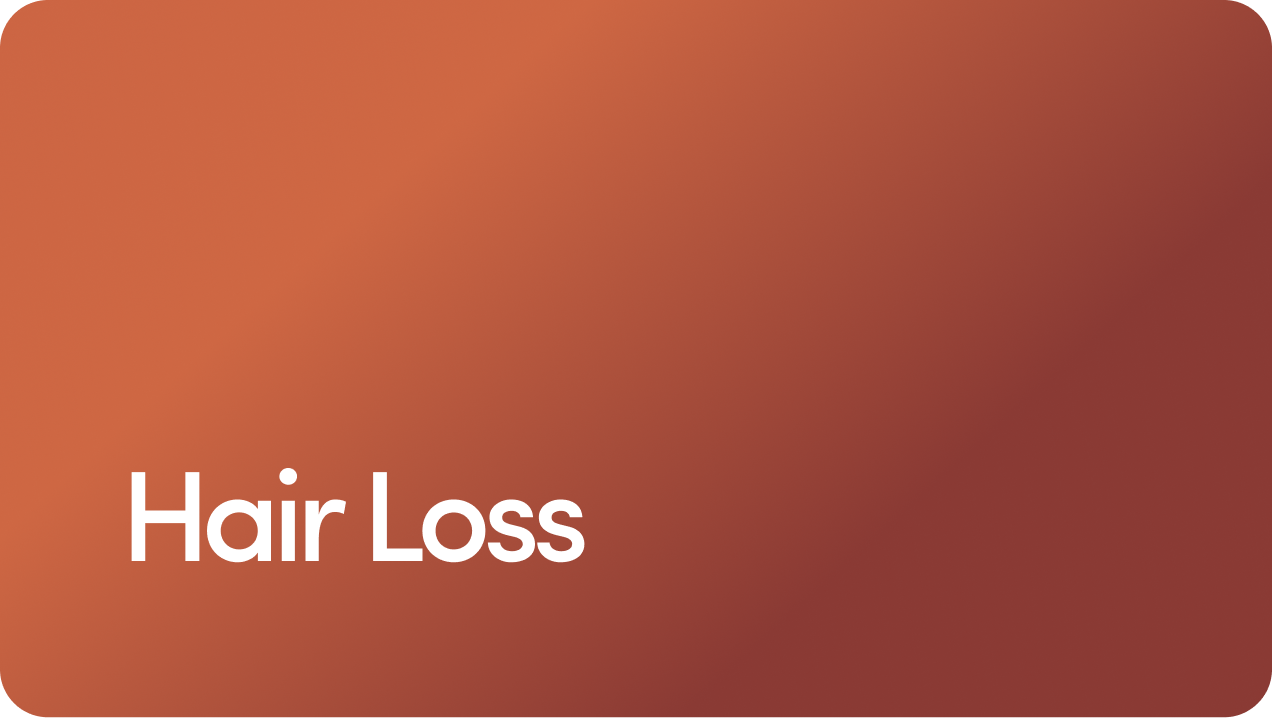 Hair Loss
Hair Loss
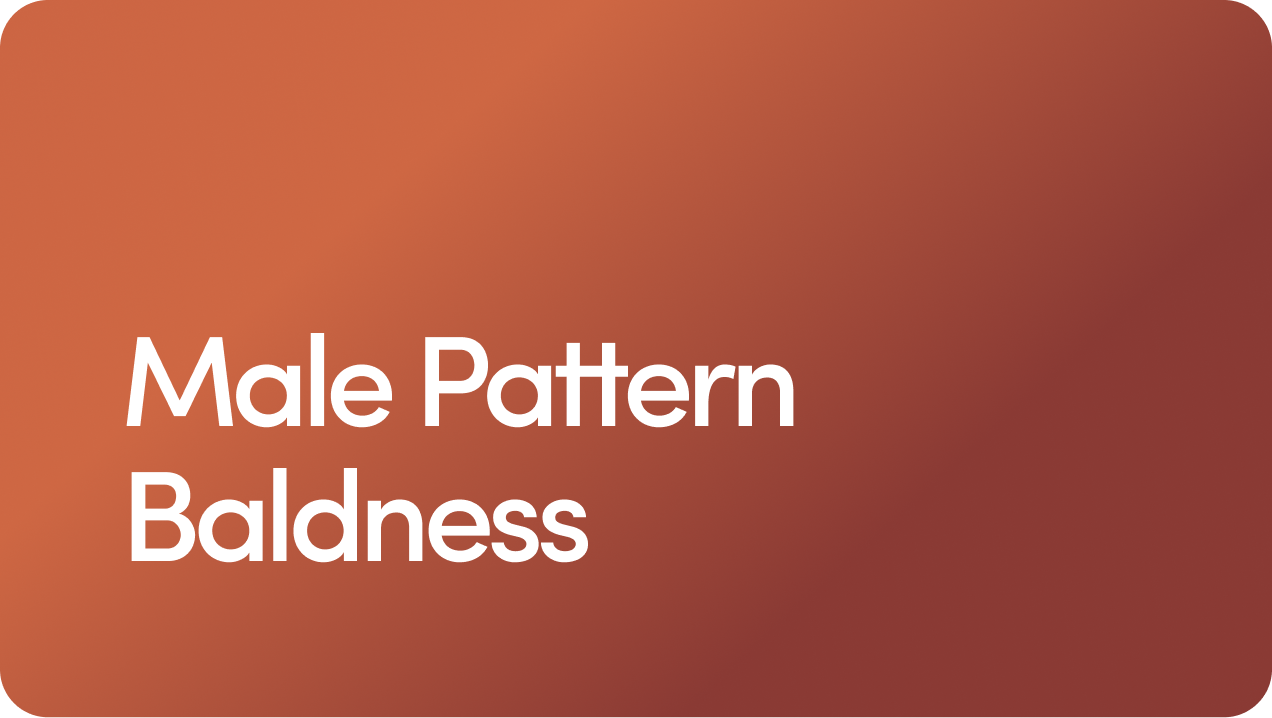 Male Pattern Baldness
Male Pattern Baldness
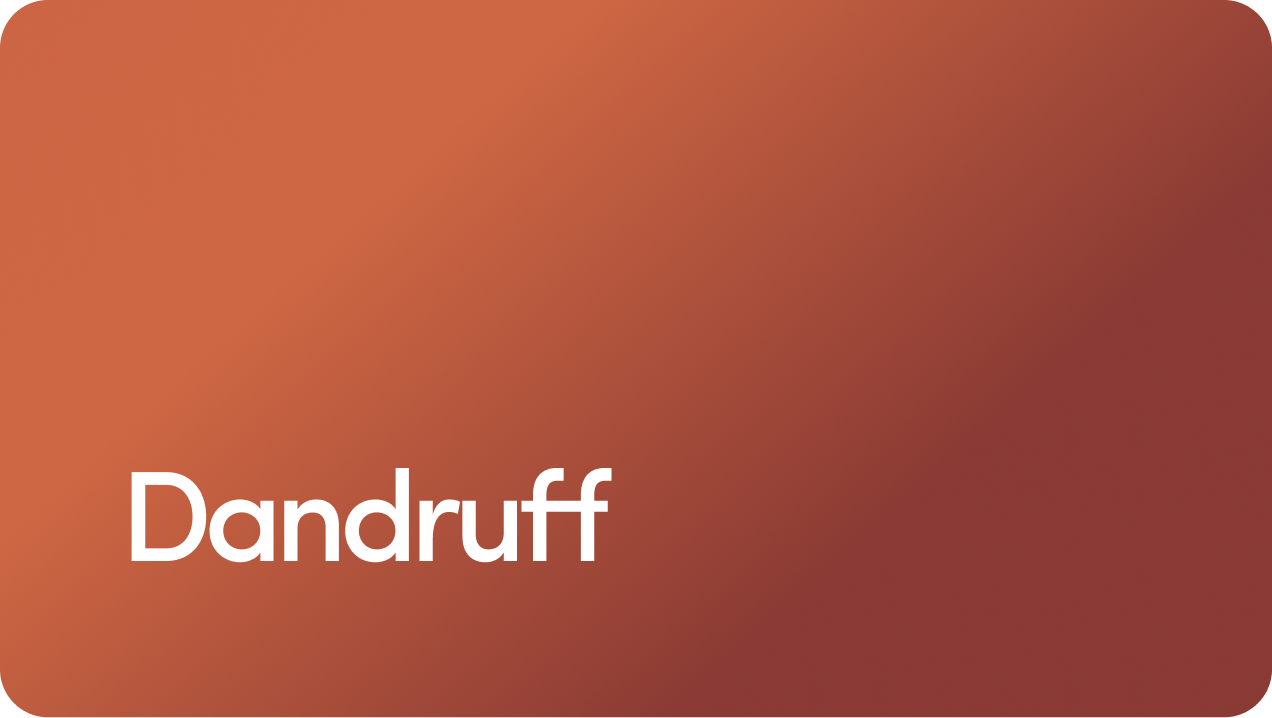 Dandruff
Dandruff
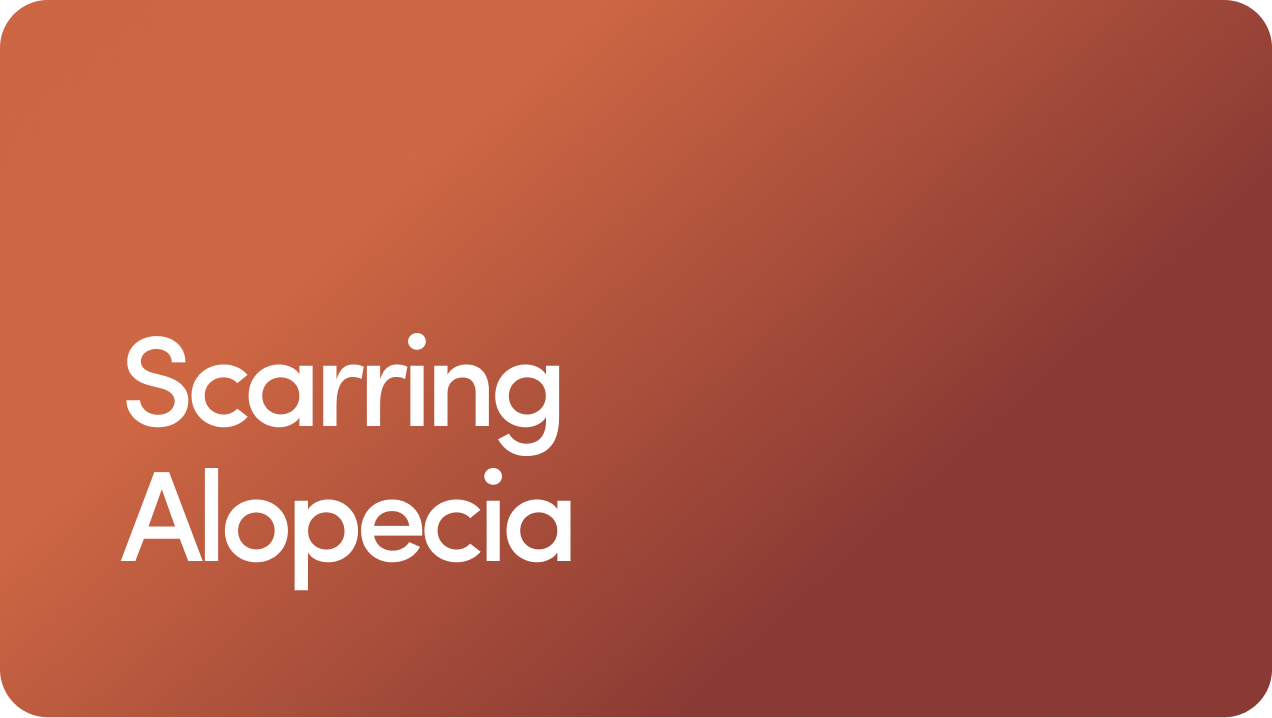 Scarring Alopecia
Scarring Alopecia
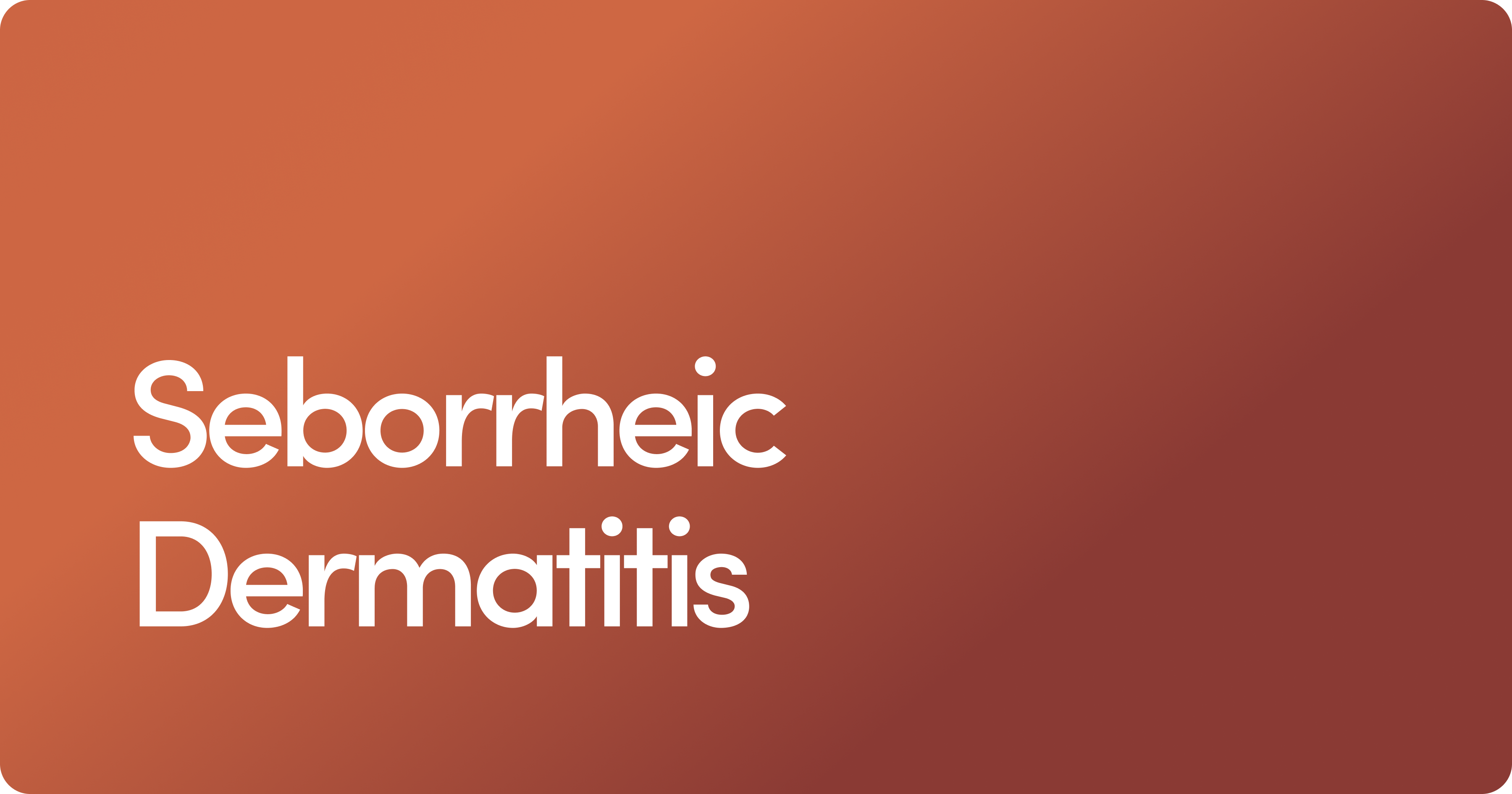 Seborrheic Dermatitis
Seborrheic Dermatitis
*All images feature a model portrayal
(unless otherwise noted).
